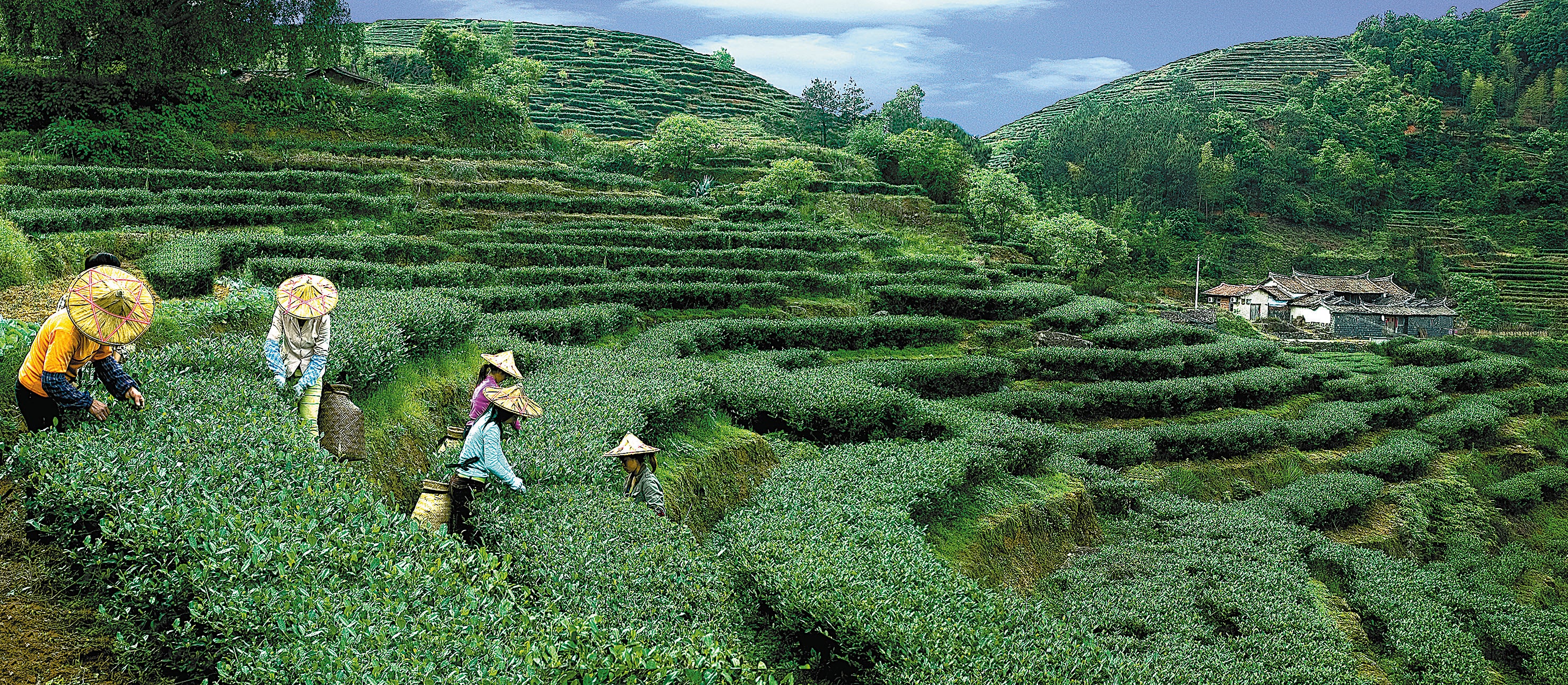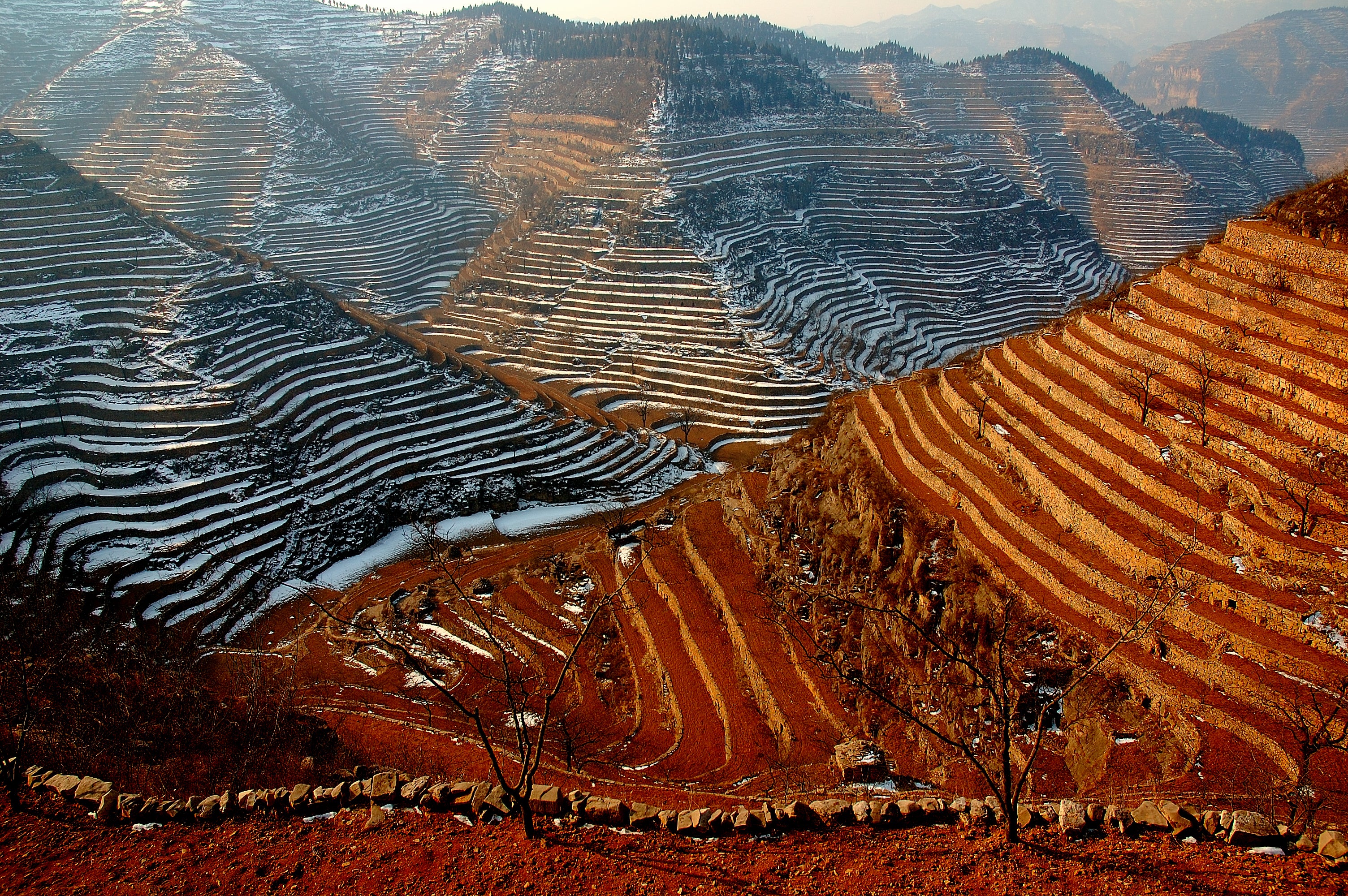Three sites in China recognised as agricultural heritage
THE ARTICLES ON THESE PAGES ARE PRODUCED BY CHINA DAILY, WHICH TAKES SOLE RESPONSIBILITY FOR THE CONTENTS

The UN Food and Agriculture Organisation (FAO) recently recognised three sites in China as Globally Important Agricultural Heritage Systems, the Chinese Ministry of Agriculture and Rural Affairs said on 24 May.
The three sites are an ancient tea-producing area in Anxi county in Fujian province, a nomadic livestock rearing area in the Inner Mongolia autonomous region, and a rain-fed stone terrace farming system in Shexian county in Hebei province.
Eighteen sites in China have now been added to the FAO’s list of global agricultural heritage systems. The network consists of 65 systems in 22 countries, with China accounting for the largest number of entries on the list from any country.
The three sites were designated through an online assessment in Rome recently. They were recognised for their use of traditional practices, knowledge and maintenance of biodiversity and the ecosystem, the FAO said.
The Anxi Tieguanyin tea-producing area is in southeast Fujian. In the Song Dynasty (960-1279) and Yuan Dynasty (1271-1368), the tea produced in Anxi was exported through the Maritime Silk Road, a passage for commercial and cultural communication between ancient China and the world, the ministry said. Tieguanyin, the most famous tea variety from Anxi, started production between 1725 and 1735. It belongs to the semi-fermented Oolong tea variety, a category between green tea and black tea.
The system has significant ecological functions such as soil and water conservation, and microclimate regulation, the ministry said.

Local farmers know how to manage the natural environment to guarantee the best conditions for tea cultivation and produce high-quality tea leaves. These legacies have ensured long-term stability and sustainability of the ecological systems of its tea plantations and embedded the product as part of the identity of local communities, the FAO said.
The Ar Horqin Grassland nomadic system, in Chifeng, Inner Mongolia, is the first nomadic agricultural heritage area designated in China. It is an example for global sustainable animal husbandry and the management of fragile grazing lands, the ministry said.
The region has a variety of ecosystems including forests, grasslands, wetlands and rivers with important ecological functions. Early inhabitants hunted and lived a nomadic life in the area as far back as Neolithic times several thousand years ago. Local herders have been able to preserve its traditional nomadic production and lifestyle while adapting to a changing environment.
By constantly moving their grazing grounds they ensured vegetation was protected and that water was used rationally, bringing a steady supply of livestock products such as meat and cheese to local communities, the FAO said.
The Shexian Dryland Stone Terraced System is in Handan, Hebei province. The rain-fed agricultural system dates back to the Yuan Dynasty and covers 54 square miles, the ministry said.
For hundreds of years the system has preserved traditional crop varieties and environmentally friendly farming techniques to ensure the development of agricultural production under harsh conditions in the mountains, said the ministry. It created a landscape for the harmonious coexistence of people and nature.
Farming provides local people with a stable livelihood and sets a model for sustainable agriculture in the mountainous area despite a lack of soil and rain, the FAO said. The county is well-known for producing walnuts and Chinese peppers, as well as millet, corn, soybean, black jujube and other agricultural products cultivated on the terraces, local authorities said.
Previously published on Chinadaily.com.cn

Bookmark popover
Removed from bookmarks